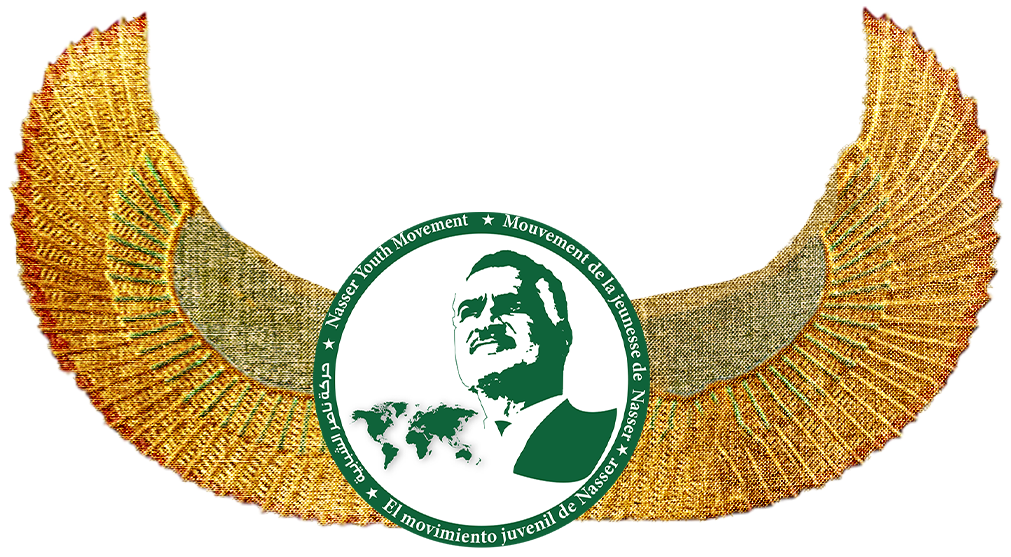Nubia Museum

Reviewed by: Wafaa Elhouseiny
Translated by: Aya Barakat
On a high hill next to the Nilometer; which is considered one of the most beautiful archaeological areas in Aswan, the Nubia Museum is located on an area of fifty thousand square meters; The museum building is built on seven thousand square meters, and forty-three thousand square meters for the external site and open display. Half of the area on which the museum is built is allocated to the internal museum exhibition halls and the other half is for stores and restoration, the research department, administration areas, and public services

The story of the establishment of this museum began from the beginning of the allocation of land in the hotel area, adjacent to some Fatimid cemeteries, until the completion of the building in the form we see today. It is known in the field of archeology that any building on archaeological land or adjacent to an archaeological site must have excavations done before construction; To ensure that the land is free of monuments or to remove memorials from them if they exist. The excavations began on the museum land, which was rocky, for 6 continuous months, starting daily at six in the morning and ending at two in the afternoon. During the excavation work, 4 tombs dating back to the Roman era were explored. The tombs were carved in rock and without writings, with some stone coffins inside them and some pottery vessels called (anfurat) in large numbers.
The executing company has established the foundations of the Nubia Museum since 1985 AD. The architectural design of the museum is characterized by the Nubian architectural style, which the designers were inspired by the Pharaonic tombs, as the museum consists of several floors; Underground: It contains the main exhibition hall, restoration laboratories, workshops, monuments stores, a reception center, and the open-air theatre. Ground floor: It has the main entrance, an exhibition hall, a lecture hall, a hall for VIPs, security and administration rooms, and the room of the director general of museums. First floor: It includes the cafeteria, library, museum, photography rooms, microfilm, museum administration, and services.

The building remained completely dark and without electricity until work began in 1997 AD, and about 1,000 artifacts were brought from three museums in Cairo: The Egyptian, Islamic, and Coptic Museum, the largest share being from the Egyptian Museum. It was transported by six uncovered transport vehicles with metal doors. The transport journey began from the Egyptian Museum at dawn on July 9 and continued for about 35 hours via the Red Sea in an arduous journey.
Upon their arrival in the museum storeroom, work began immediately on dividing the artifacts into groups, each group representing the number of their display place. The implementation of the display scenario was completed in a record period, and at the same time, the statues of the Nubian children and their old ones and the statues of Nubian joy arrived from England after being manufactured in a completely identical manner for Nubian people, construction work ended in 1996 AD and the museum became ready to open.
The Nubian Museum was opened on the twenty-third of November 1997 AD, and on the evening of the same day, the artist Mohamed Mounir gave an artistic concert on the outdoor stage of the museum, during which he presented his famous Nubian songs.

The Nubia Museum in Aswan is one of the most important Egyptian museums, because it is a unique open museum of its kind, the Nubian Museum plays a vital role not only in informing the world of the heritage of this region or in preserving the artifacts and displaying them appropriately, but also in supporting the various researches carried out by scholars and researchers from all over the world about Nubia region. This is done through the Center for Studies and Documentation Centers located in the museum, publishing more information about the “Land of Gold” in past, present, and future Egypt. The Nubia Museum comes to immortalize in its sides and corners all the history and arts of Nubia through statues, sculptures, inscriptions, mummies, tools, memorial plaques, tombstones, murals, etc., through seventeen display areas arranged chronologically, It includes the Nubia region, the Nubian environment, the emergence of the Nile Valley, the prehistoric era, the Neolithic civilization, the era of the pyramids, the Middle Nubian era, the Nubian Kingdom of Kush, the Egyptian civilizational expansion in Nubia, the 25th Dynasty, the Kingdom of Meroe, the Late Age, Christian Nubia, Islamic Nubia, the irrigation area, the international campaign to save the antiquities of Nubia, and finally the folklore section.

The museum contains five thousand artifacts inside, representing the stages of development of Egyptian civilization and Nubian heritage, and the museum’s external display includes 68 unique pieces of large statues and archaeological paintings of various sizes. One of the most beautiful and rarest of these pieces on display is a 200,000-year-old human skeleton, which was found in 1982 AD, in the Edkobateh area in Aswan. The museum building won the award for the most beautiful architectural building in the world in 2001.

